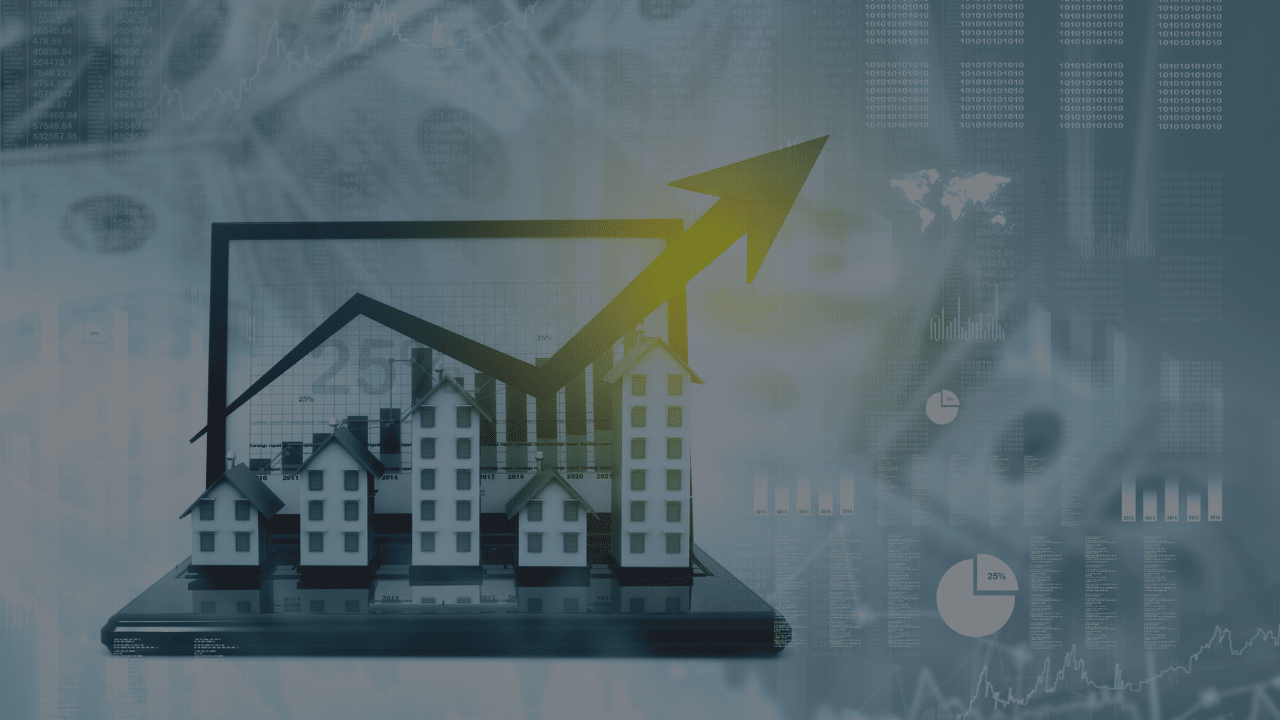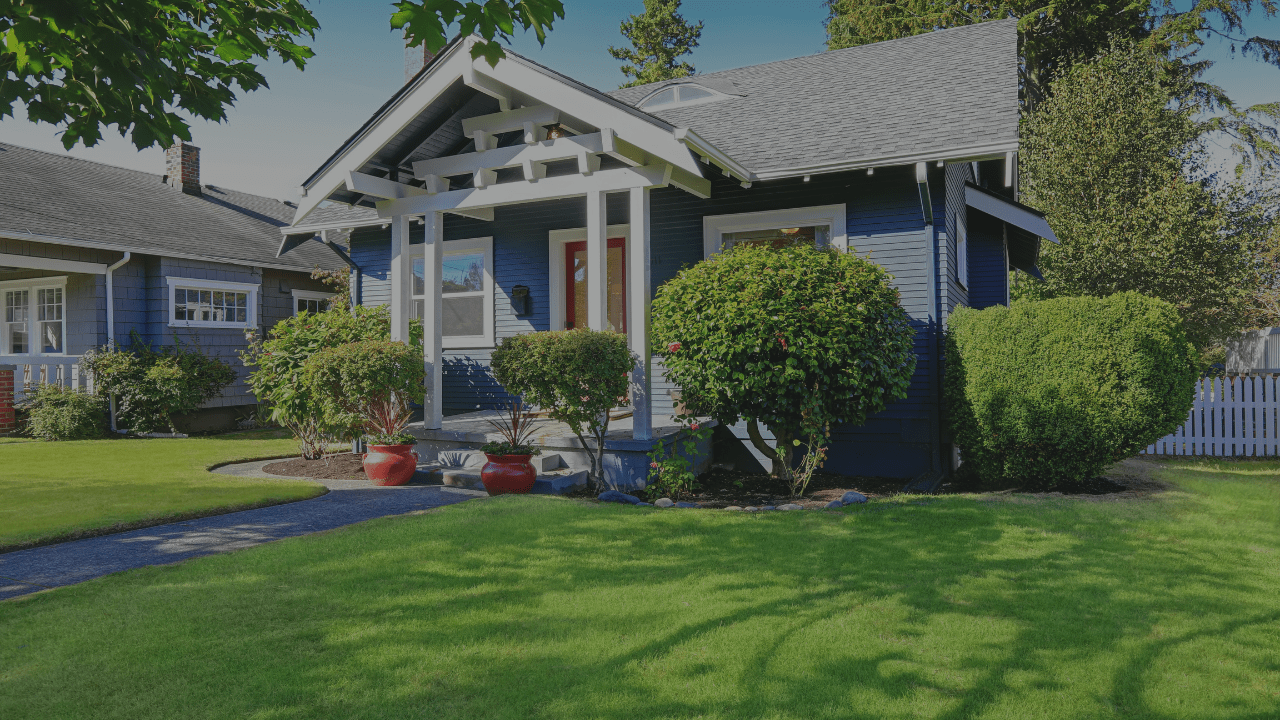Do you have a lot of home equity, but feel like you can’t use it because a higher interest rate will make you lose money?
Unfortunately, most homeowners are so focused on keeping their current mortgage rate that they neglect to analyze their overall debt picture. Consumer debt is at an all-time high, and the average interest rate on credit cards is currently 24%, 9% on used car loans, 8% on HELOCs, and 11% on personal loans.
If you’re like most Americans, you likely have monthly payments on debts like these that are draining your bank account and slowing down the progress of your financial goals. But what if restructuring your mortgage – even at a higher interest rate – meant that you could not only eliminate all those debt payments and save money every month, but also increase your net worth and reach your retirement goals even faster?
As a homeowner, you have an opportunity to use your home equity to eliminate almost all of your monthly debt payments, save money on interest, and free up cash flow that can be used to invest and shorten your path to financial freedom.
It’s not just a pipe dream. We’ve seen it happen with the homeowners we work with time and time again. All it takes is to zoom out and look at your overall debt picture, rather than just focusing on how much your mortgage payment will increase with a higher interest rate.
Let’s take a look at how this works using a real-world example of a homeowner we are currently working with. With just a shift of a mortgage strategy, we were able to not only create a plan for them to change their financial trajectory and eliminate their high-interest monthly debt payments but also put them on a path to having an extra $2 million in assets they would have missed out on had they remained in their current mortgage – all done with a 2% higher mortgage rate.
Building a Home Equity Plan
Every year, we conduct an annual financial review with homeowners we have helped. We do this to help you keep current on the market, and the status of your home equity, and to make sure you are always in a mortgage with the lowest possible cost and potential to help you reach your financial goals.
During this particular meeting, this client told us they had recently had their home appraised and were sitting on almost $300,000 in equity. They also mentioned they had accumulated quite a bit of business and personal debt during and following the pandemic, but were not considering using their home equity to pay off those debts because today’s mortgage rates are 2% higher than their current rate. They were sure that refinancing to a higher rate would increase their payment and put them even further in debt.
To help them reframe how they viewed their overall debt picture, we compared their current mortgage to three other strategies that would reduce their monthly debt payments and increase their future net worth.
The images below are taken directly from the Total Cost Analysis report we prepared for them.

Strategy #1: Cash-Out Refinance
The first strategy was to simply refinance their mortgage and pull cash out of their home equity to pay off their outstanding debts.
Doing this would increase their interest rate by 2% and consequently increase their monthly mortgage payment. It would also reset their mortgage timeline to 30 years. (if they remained in their current mortgage, they would have their home paid off in just over 10 years).
However, by eliminating all of their non-mortgage monthly debt payments, they would end up saving a total of $2,085 every month even with a higher mortgage payment (the $6,128 you see in the first column is their current monthly payment on their mortgage and their debt service).
Strategy #2: Cash-Out Refinance with Principal Reduction
The second strategy started the same as the first – refinancing to another mortgage and using their equity to pay off all their non-mortgage debt and free up $2,085 in monthly cash flow.
Instead of spending or saving that extra money every month, this strategy involved applying that money to their mortgage as a principal reduction payment. Essentially, they would be paying the exact same amount every month as they currently are – but 100% of that payment would go to paying their mortgage and not their other consumer debt.
With this strategy, not only would they save money in the long-term by eliminating their high-interest debt, they could still be mortgage-free in almost the exact same amount of time compared to their current mortgage – just over 10 years.
Strategy #3: Cash-Out Refinance with Investment
The third strategy was similar to the second and involved refinancing to pay off their high-interest debt, but rather than that extra $2,085 every month being used to pay off their mortgage early, it would instead go into an investment account.
This particular client had also tapped into their investment accounts over the last few years and they were behind on their retirement savings – a situation that’s unfortunately a reality for most people today.
In order to get them back on track, this strategy allocated their monthly savings to an investment account with an estimated return of 6% (a conservative estimate, as the average 30-year return from the S&P 500 is nearly 10%).
Looking Long-Term
This is where the magic happens. Take a look at what this client’s net worth would look like in 30 years with each of these strategies:

Assuming a 4% average annual appreciation, their home would be worth $1,897,388 after 30 years. That is what their overall net worth would be if they implemented one of the first two strategies (assuming no other investments were made and their mortgage was completely paid off). Not a bad nest egg, at all!
But the real master move comes with the third strategy. By keeping their payment the same and putting their extra monthly savings into an investment account, not only would they own a home worth $1,897,388 after 30 years, they would have an additional $2,094,665 in assets bringing their net worth to nearly $4 million.
That 2% higher interest rate doesn’t sound so bad now, does it?
The Bottom Line
By shifting their mindset, considering their overall debt picture, and focusing on their long-term wealth, this homeowner was able to find a path to an additional $2 million of net worth in retirement – all with the exact same amount of dollars leaving their checking account every month.
What sounds like the better financial strategy to you: keeping a 4% mortgage rate for as long as possible, or having an additional $2 million to live off of in retirement?
Your home equity is a large asset that is doing nothing for you right now, Letting it sit in your home while you pay hundreds or thousands of dollars in annual interest on your other consumer debt is stalling your journey to financial freedom.
With a long-term plan for your home equity that considers your overall financial picture – not just how low your mortgage rate can be – you can put your money to work for you, exceed your retirement planning goals, and find financial freedom.
If you would like to see a Total Cost Analysis like the images above that compares your current mortgage with other strategies, let's connect!
























